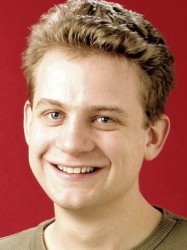BibTex format
@article{Tarbutt:2019:10.1080/00107514.2018.1576338,
author = {Tarbutt, MR},
doi = {10.1080/00107514.2018.1576338},
journal = {Contemporary Physics},
pages = {356--376},
title = {Laser cooling of molecules},
url = {http://dx.doi.org/10.1080/00107514.2018.1576338},
volume = {59},
year = {2019}
}

